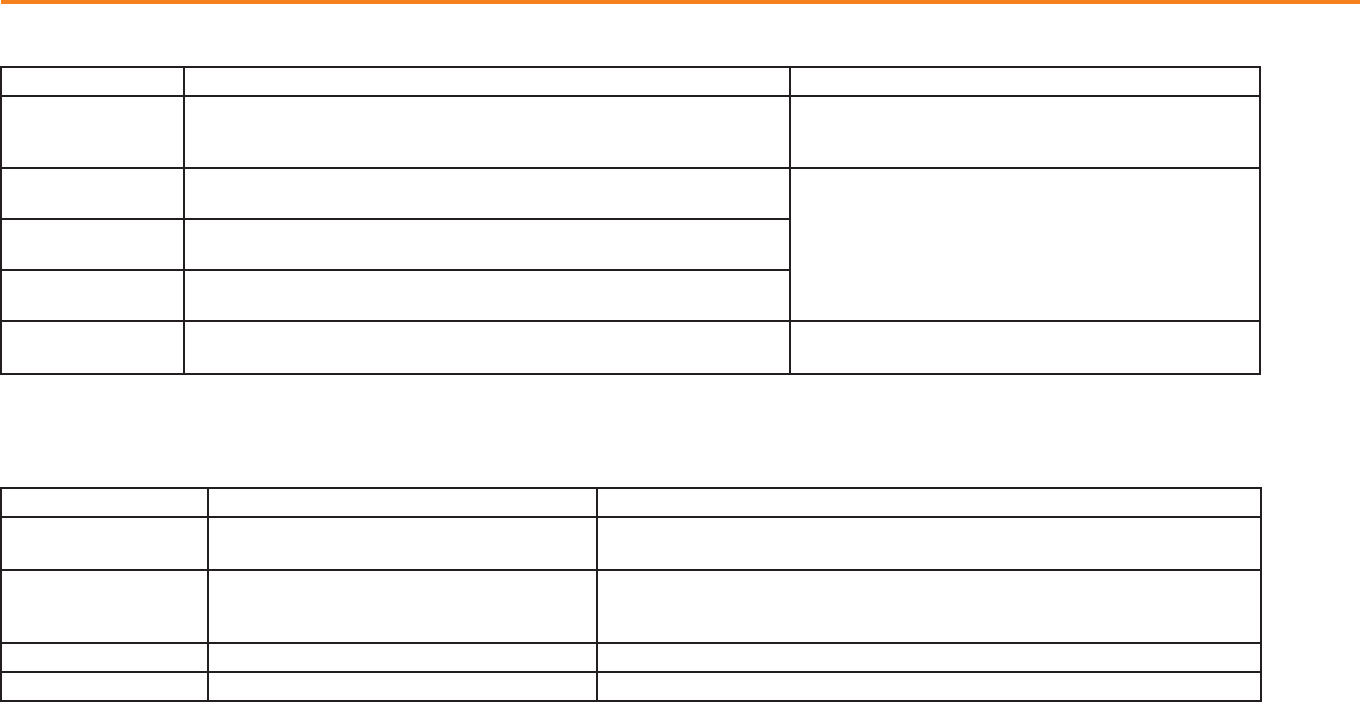
18
Matching needle/ fabric/ thread
NEEDLE, FABRIC, THREAD SELECTION GUIDE
NEEDLE SIZE FABRICS THREAD
9-11 (70-80) Lightweight fabrics: thin cottons, voile, serge, silk , muslin, Qiana,
interlocks, cotton knits, tricot, jerseys, crepes, woven polyester, shirt &
blouse fabrics.
Light-duty thread in cotton, nylon, polyester or cotton
wrapped polyester.
11-14 (80-90) Medium weight fabrics: cotton, satin, kettleclote, sailcloth, double knits,
lightweight woollens.
Most threads sold are medium size and suitable for
these fabrics and needle sizes.
Use polyester threads on synthetic materials and cotton
on natural woven fabrics for best results. Always use the
same thread on top and bottom.
14 (90) Medium weight fabrics: cotton duck, woolen, heavier knits, terrycloth,
denims.
16 (100) Heavyweight fabrics: canvas, woolens, outdoor tent and quilted fabrics,
denims, upholstery material (light to medium).
18 (110) Heavy woolens, overcoat fabrics, upholstery fabrics, some leathers and
vinyls.
Heavy duty thread, carpet thread.
(Use heavy foot pressure-heavy numbers.)
IMPORTANT: Match needle size to thread size and weight of fabric.
NEEDLE, FABRIC SELECTION
NEEDLES EXPLANATION TYPE OF FABRIC
HA x 1
15 x 1
Standard sharp needles. Sizes range thin to
large. 9 (65) to 18 (110)
Natural woven fabrics-wool, cotton, silk, etc. Qiana. Not recommended for double
knits.
15 x 1/705H Semi-ball point needle, scarfed.
9 (65) to 18 (110)
Natural and synthetic woven fabrics, polyester blends. Knits-polyesters,
interlocks, tricot, single and double knits. Can be used instead of 15 x 1 for
sewing all fabrics.
15 x 1/705H (SUK) Twin Needle. Woven fabrics and knits.
130 PCL Leather needles. 12 (80) to 18 (110) Leather, vinyl, upholstery. (Leaves smaller hole than standard large needle.)
Note: 1. Twin needles, can be purchased for utility and decorative work.
2. When sewing with twin needles, the stitch width dial should be set at less than "3".
3. For best sewing results always use genuine needles.
4. Replace needle often (approximately every other garment ) and/ or at fi rst thread breakage or skipped stitches.


















